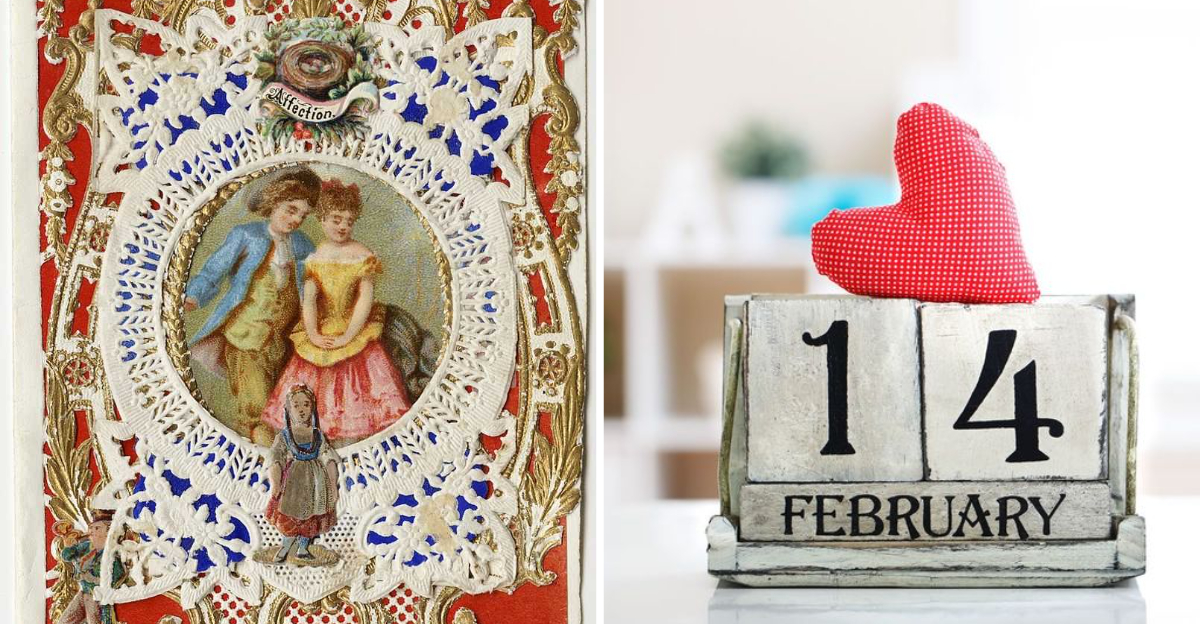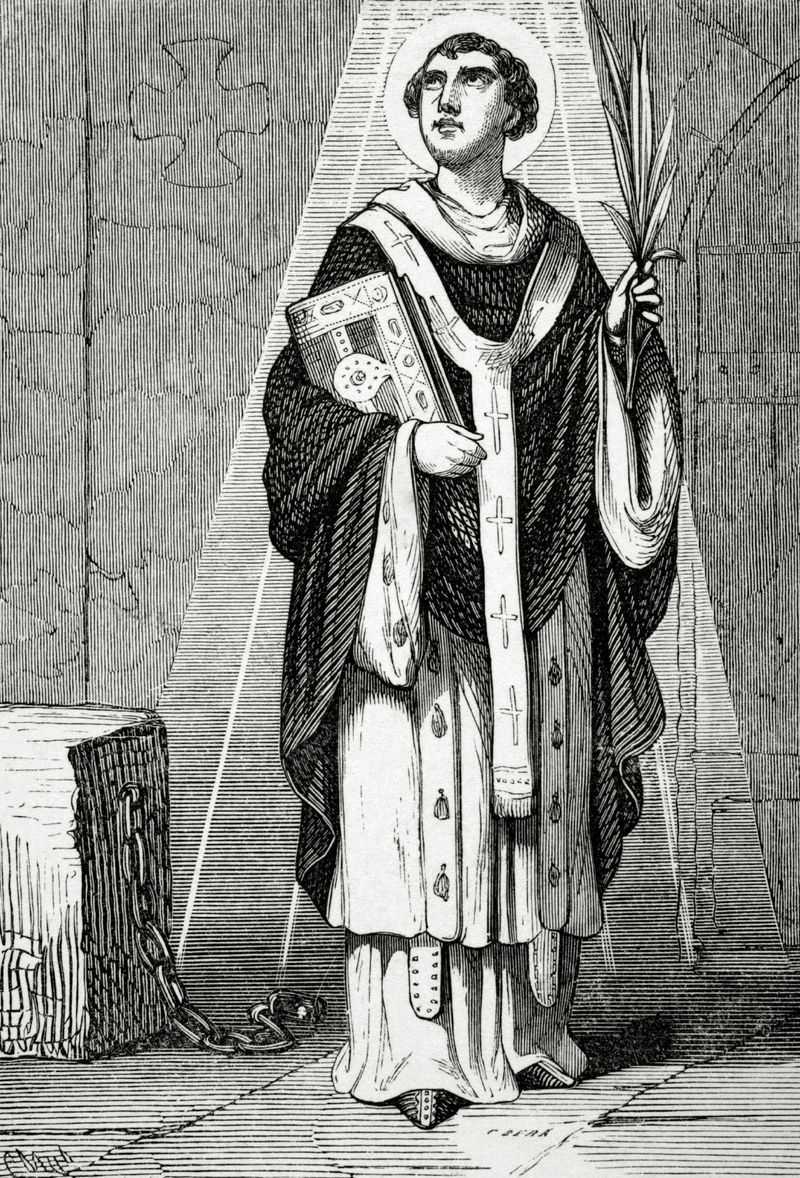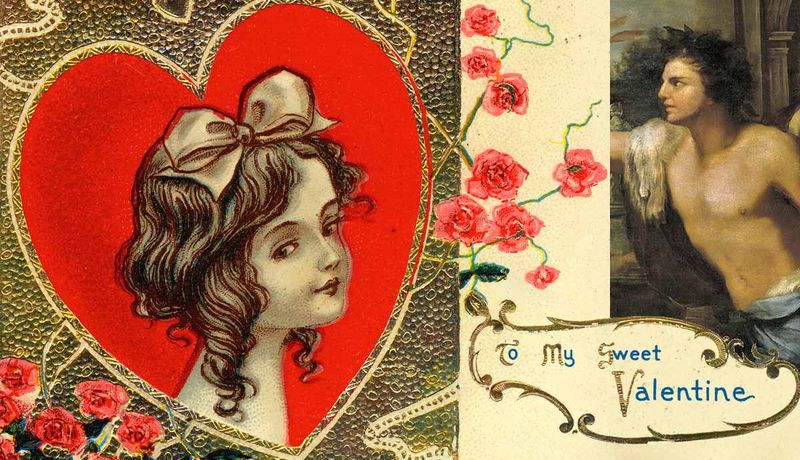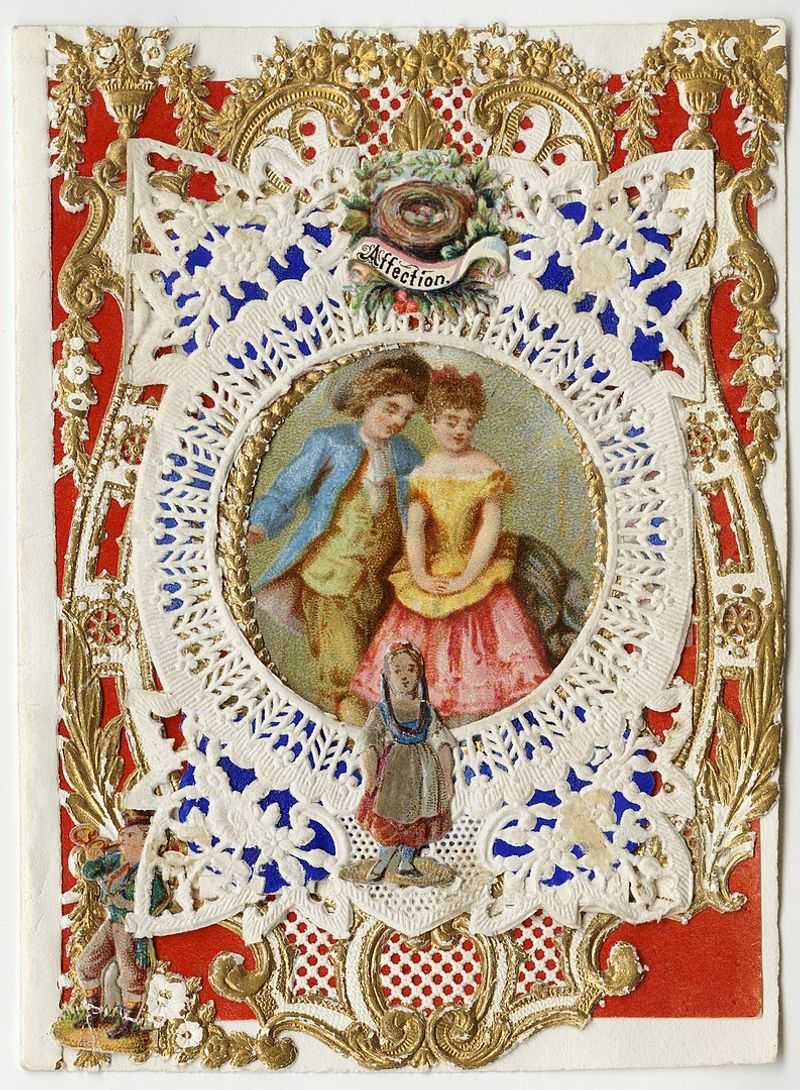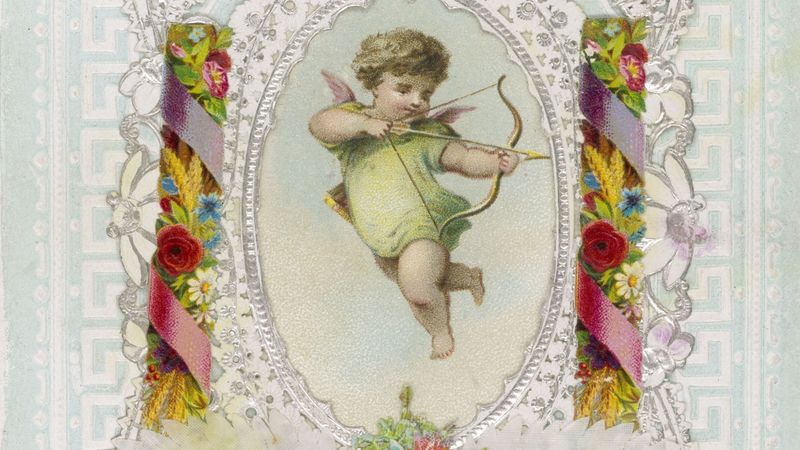Valentine’s Day is widely celebrated as a day of love and affection, but its history is rich with mysterious origins, intriguing legends, and fascinating traditions from around the world. This blog post uncovers 13 lesser-known facts about Valentine’s Day, shedding light on its origins and evolution.
Each fact reveals a unique aspect of this holiday, from its uncertain beginnings to its modern interpretations and global celebrations. Discover the true essence of Valentine’s Day through these intriguing stories and learn what they never taught you in school.
1. The Uncertain Origins of Valentine’s Day
Valentine’s Day may find its roots in both ancient Roman customs and early Christian traditions. Some scholars link it to Lupercalia, a festival involving purification and fertility rites held in mid-February. However, whether Lupercalia directly inspired Valentine’s Day remains uncertain.
Despite the debate, the blending of these traditions highlights the complexity of its origins, capturing both pagan and Christian influences. This uncertainty adds a layer of mystery, showing how history can evolve and intertwine over centuries. Such complexity keeps historians pondering the true beginnings of this beloved holiday.
2. The Mystery of Saint Valentine
Saint Valentine’s identity is enigmatic, with several martyrs named Valentine in Catholic records. One tale tells of a priest executed for secretly marrying couples during Emperor Claudius II’s rule, who supposedly banned marriages for soldiers. Another story describes Valentine helping persecuted Christians under Roman oppression.
These legends, though varied, convey a theme of love and sacrifice. Over time, Valentine became a symbol of devotion, intertwining his story with themes of romance and courage. This blending of history and legend enriches the character of Valentine, making him a timeless icon of love.
3. The Establishment of February 14 as Valentine’s Day
Pope Gelasius I established February 14 as the Feast of Saint Valentine in 496 AD. His reasoning for this specific date remains unclear, though it may have been intended to honor Saint Valentine. This declaration marked a formal recognition of Valentine’s Day within the Christian calendar.
While details are scarce, this decision laid the groundwork for the holiday we recognize today. The acknowledgment of February 14 as a significant day for Saint Valentine played a crucial role in transforming Valentine’s Day into an enduring celebration of love and devotion across cultures and eras.
4. Chaucer’s Contribution to Romanticizing Valentine’s Day
Geoffrey Chaucer is credited with linking Valentine’s Day to romantic love during the 14th century. His poem “Parliament of Fowls” associates the day with the mating season of birds, suggesting it as a time for both birds and humans to find mates. Chaucer’s poetic influence romanticized the day, introducing a new tradition of celebrating love.
This creative twist on Valentine’s Day inspired writers and poets to explore themes of romance, leading to the exchange of notes and tokens of affection. Chaucer’s contributions have left a lasting impact, shaping how we view Valentine’s Day today.
5. The Evolution of Valentine’s Day in Literature
Valentine’s Day’s literary evolution began with Chaucer and continued through the 15th century. Lovers exchanged notes and tokens of affection, inspired by literary works. Charles, Duke of Orleans, is credited with writing the earliest known Valentine’s letter to his wife in 1415, while imprisoned in the Tower of London.
This act of love amidst adversity highlights the power of written words to bridge distances and express deep emotions. The exchange of letters and poems on Valentine’s Day became a cherished tradition, reflecting love’s timeless nature and enduring ability to connect hearts across time and space.
6. The Emergence of Valentine’s Day Cards
Valentine’s Day cards began gaining popularity in the 18th century. Initially, these were handmade with lace, ribbons, and heartfelt verses. The Industrial Revolution facilitated mass production, making cards more accessible and affordable.
This evolution allowed people from all walks of life to participate in the tradition of expressing love through cards. The tradition of card-giving became an integral part of Valentine’s Day celebrations, offering a personal touch that resonates with the holiday’s romantic spirit. Today, exchanging cards remains a beloved practice, connecting past traditions with modern expressions of love and affection.
7. The Role of Esther Howland in Popularizing Valentine’s Cards
Esther Howland, known as the “Mother of the American Valentine,” played a pivotal role in popularizing Valentine’s cards in the mid-19th century. She created elaborate designs adorned with lace, ribbons, and colorful illustrations, transforming simple tokens into artistic masterpieces. Howland’s innovative approach commercialized Valentine’s cards, making them a staple of American celebrations.
Her contributions not only enhanced the holiday’s visibility but also paved the way for artistic expression in Valentine’s gifts. Howland’s legacy lives on in the beautifully crafted cards exchanged each year, highlighting her lasting impact on this treasured tradition.
8. The Introduction of Chocolates as Valentine’s Gifts
The tradition of gifting chocolates on Valentine’s Day started in the late 19th century. Cadbury, a British chocolate company, pioneered the first heart-shaped box of chocolates in 1868. This innovation capitalized on the burgeoning tradition of giving sweets to loved ones. Chocolates quickly became synonymous with Valentine’s Day, embodying sweetness and indulgence. This practice enriched the holiday, adding a delicious dimension to expressions of love. The tradition endures, with chocolates remaining a popular gift choice, offering a delectable way to say “I love you” while celebrating the shared joy of love and affection.
9. The Symbolism of Cupid and Hearts
Cupid and heart shapes are quintessential symbols of Valentine’s Day. Cupid, the Roman god of love, is often depicted with a bow and arrow, symbolizing love’s unpredictable nature. The heart shape, though not anatomically accurate, emerged in the Middle Ages as an emblem of love and emotion.
These symbols capture the essence of Valentine’s Day, representing both the joyous and unexpected aspects of love. Their enduring presence in Valentine’s Day imagery reflects the deep-seated traditions and emotions associated with the holiday. Together, they create a visual language that communicates love’s timeless and universal appeal.
10. Valentine’s Day Around the World
Valentine’s Day is celebrated worldwide, with each culture adding unique traditions. In Japan, women give chocolates to men on February 14, expecting gifts in return on White Day, March 14. Finland celebrates Friend’s Day, emphasizing platonic relationships. These diverse customs showcase Valentine’s Day’s adaptability and the universal desire to celebrate love in its various forms.
Such global interpretations highlight the holiday’s flexibility, allowing people to express affection in culturally meaningful ways. The worldwide embrace of Valentine’s Day underscores its role as a unifying celebration of love, transcending cultural boundaries and personal connections.
11. The Commercialization of Valentine’s Day
Valentine’s Day has evolved into a major commercial event. In the United States, it’s the second-largest card-sending holiday, with over 190 million cards exchanged annually. The holiday’s commercialization is evident in the widespread purchase of cards, flowers, and chocolates. While some criticize its commercial focus, others embrace the opportunity to express love through gift-giving.
The economic impact is significant, with billions spent on Valentine’s gifts and experiences. This commercial aspect reflects both consumerism and the enduring desire to celebrate love, illustrating how Valentine’s Day continues to adapt to modern societal trends and consumer habits.
12. The Modern Perception of Valentine’s Day
Today, Valentine’s Day is both celebrated and critiqued. Many view it as a chance to express love, while others criticize its commercial nature or feel excluded by its romantic focus. Alternative celebrations like Singles Awareness Day and Galentine’s Day promote self-love and friendship.
These adaptations reflect a broader understanding of love, accommodating diverse experiences and relationships. The modern perception of Valentine’s Day embraces inclusivity, recognizing that love goes beyond romance. This evolving perspective allows people to celebrate in ways that resonate personally, ensuring Valentine’s Day remains relevant and meaningful in an ever-changing world.
13. The Emergence of “Galentine’s Day”
“Galentine’s Day,” celebrated on February 13, focuses on female friendships and self-love. Popularized by the TV show “Parks and Recreation,” it emphasizes the importance of platonic relationships. Women gather to celebrate each other, often exchanging gifts and enjoying shared activities.
This emerging tradition offers an inclusive way to celebrate love, expanding beyond romantic relationships. Galentine’s Day reflects a growing appreciation for diverse forms of love, recognizing the value of friendships and personal empowerment. By celebrating friendships, Galentine’s Day adds depth to the traditional Valentine’s narrative, ensuring everyone feels included in the love and joy of the season.
